Feature
Electric car – EV range on a single charge
Range anxiety is common with electric cars. Read more about the average electric car range and how far an EV can go on a single charge.

Words by: Andrew Woodhouse

Additional words by: Nimisha Jain
Last updated on 18 January 2023 | 0 min read
Where petrol and diesel cars have mileage, electric cars have range. But does the average electric car’s range cover as many miles as a tank full of petrol? And can you drive a long distance in an electric car without running out of battery? Let’s find out.
What does electric car range mean?
How far an electric car can travel on a single charge is called its range. Many electric cars now have ranges in the region of 250 miles. An Audi E-tron GT, for example, has a maximum range of 298 miles, while a Mercedes EQC comes with a maximum range of 259 miles.
An electric car’s range can depend on how charged it was when you set off and the size of the battery, but can also be affected by your driving style, which of the car’s features you have switched on, and even the weather. You can learn more about electric car batteries here.
An electric car’s range can depend on how charged it was when you set off and the size of the battery, but can also be affected by your driving style, which of the car’s features you have switched on, and even the weather. You can learn more about electric car batteries here.
What reduces an electric car’s range?
While the average electric car now has enough mileage to get you from A to B without much drama, nobody wants to be stuck at the side of the road with a flat battery.
Avoiding that means knowing what can drain your battery, which we handily cover here: • Heating and air conditioning are two of the biggest drains on a battery, so leaving them on for extended periods of time will leave you with less power to get to the next charging station • Excess weight will negatively impact battery life, and your aerodynamic drag can sap energy, particularly when travelling at higher speeds – so slow up to get more out of your battery • Low tyre pressure will also impact your fuel economy, so keep them pumped up • Our review team pointed to fans and demisters being a battery drain and, to a lesser extent, heated seats and windscreen, but you don’t have to do without. Simply pre-condition the car to heat up while it’s still plugged in, then you can get into a nice warm car first thing • Your driving style will also have a huge impact on your fuel economy, with steady driving giving you more mileage from your battery; opting for eco mode, and using cruise control or a speed limiter should help • We’ve got more top tips for getting the most out of your range (and your money’s worth at the charging station) in our guide to fuel prices. How does driving fast affect an electric car’s range? Alex Kersten and Rory Reid drove a Nissan at top speed, in sub-zero temperatures, around the Autobahn to find out. Watch now to see how many miles they got out of the battery, and what happened next. How you drive and what you drive will have an impact on how much use you get out of a charged battery, and managing the fuel economy of an electric car is a lot like managing the fuel economy of a petrol or diesel. And whether you drive an electric or not, catch our tips on fuel efficient driving to get the most out of your car.
Avoiding that means knowing what can drain your battery, which we handily cover here: • Heating and air conditioning are two of the biggest drains on a battery, so leaving them on for extended periods of time will leave you with less power to get to the next charging station • Excess weight will negatively impact battery life, and your aerodynamic drag can sap energy, particularly when travelling at higher speeds – so slow up to get more out of your battery • Low tyre pressure will also impact your fuel economy, so keep them pumped up • Our review team pointed to fans and demisters being a battery drain and, to a lesser extent, heated seats and windscreen, but you don’t have to do without. Simply pre-condition the car to heat up while it’s still plugged in, then you can get into a nice warm car first thing • Your driving style will also have a huge impact on your fuel economy, with steady driving giving you more mileage from your battery; opting for eco mode, and using cruise control or a speed limiter should help • We’ve got more top tips for getting the most out of your range (and your money’s worth at the charging station) in our guide to fuel prices. How does driving fast affect an electric car’s range? Alex Kersten and Rory Reid drove a Nissan at top speed, in sub-zero temperatures, around the Autobahn to find out. Watch now to see how many miles they got out of the battery, and what happened next. How you drive and what you drive will have an impact on how much use you get out of a charged battery, and managing the fuel economy of an electric car is a lot like managing the fuel economy of a petrol or diesel. And whether you drive an electric or not, catch our tips on fuel efficient driving to get the most out of your car.
What is range anxiety?
‘Range anxiety’ is the fear that an electric car will run out of charge halfway through a journey, and that you’ll be stranded on the roadside.
For reference, the average distance of a car journey is around ten miles in the UK and most new electric cars have an average range of up to 250 miles; so you should be OK for most daily journeys if you’re fully charged when you set off. Most, if not all, new electric cars will tell you the percentage of charge left in the battery, and what the charge equates to in miles, approximately. Most will also send a warning when it’s time to top up, and offer to direct you to the nearest charging point via the car’s sat-nav. It’s like the fuel light coming on in a car.
For reference, the average distance of a car journey is around ten miles in the UK and most new electric cars have an average range of up to 250 miles; so you should be OK for most daily journeys if you’re fully charged when you set off. Most, if not all, new electric cars will tell you the percentage of charge left in the battery, and what the charge equates to in miles, approximately. Most will also send a warning when it’s time to top up, and offer to direct you to the nearest charging point via the car’s sat-nav. It’s like the fuel light coming on in a car.
What is the range for hybrids?
Hybrid cars run on both, battery and an internal combustion engine. If you’ve got a plug-in hybrid (PHEV) like a Range Rover P400e or BMW 530e, then your car will switch over to petrol or diesel when the battery runs low on charge. You’d have to drain both the battery and the tank to get stuck.
If you have a mild hybrid like Fiat 500 MHEV or Hyundai Tucson MHEV, then your car will use petrol or diesel as a preference and back this up with electric power for extra boost. Check our guide to fuel types for more of an explanation. That said, you’ll save a considerable amount of money on fuel if you can keep your hybrid topped up with electricity. Learn more about hybrids.
If you have a mild hybrid like Fiat 500 MHEV or Hyundai Tucson MHEV, then your car will use petrol or diesel as a preference and back this up with electric power for extra boost. Check our guide to fuel types for more of an explanation. That said, you’ll save a considerable amount of money on fuel if you can keep your hybrid topped up with electricity. Learn more about hybrids.
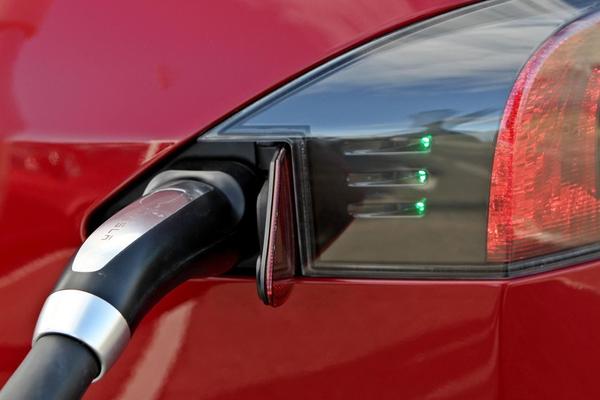
Charging on long distance journeys
If you’re going on a long-distance trip, you’ll need to recharge your electric car the same way you’d need to refuel a petrol or diesel car after a certain number of miles. The only difference is that an EV requires slightly more planning in terms of where to recharge it and the total time to refuel.
An electric car battery takes longer to refill than a convention fuel tank, even if you’re using rapid chargers, so longer journeys will require a bit more planning. Before you set off, you should work out where the most convenient electric car charging points are on your journey. There are plenty of sites that will show you the location of charging points and plan a route that allows for charging along the way. Many service stations on motorways now feature multiple charging points, as do larger supermarkets.
An electric car battery takes longer to refill than a convention fuel tank, even if you’re using rapid chargers, so longer journeys will require a bit more planning. Before you set off, you should work out where the most convenient electric car charging points are on your journey. There are plenty of sites that will show you the location of charging points and plan a route that allows for charging along the way. Many service stations on motorways now feature multiple charging points, as do larger supermarkets.
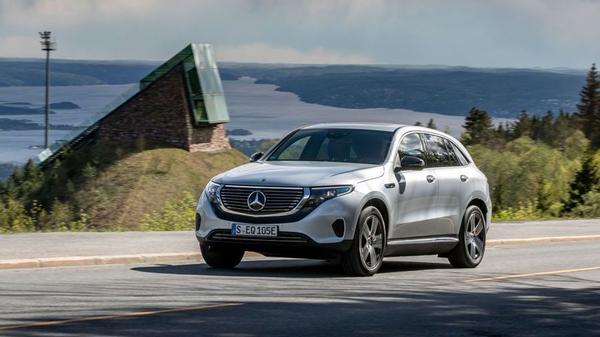
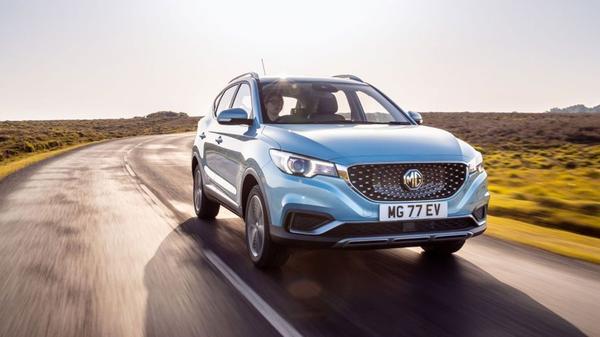
Should I use a Rapid charger?
Rapid chargers can give you up to 80 per cent power in less than an hour, though there are many variables including the power the charger can deliver and how much the car is capable of taking. So, even if your car says it can charge at 150kW and you find a charger capable of delivering that the actual flow of electricity may be significantly slower according to the power available on the local grid, the car's state of charge and various other factors. So, best consider the charger's claimed maximum rate as a best case scenario, not a guarantee of a certain charging speed.
While also expensive using rapid chargers too often can reduce the life of your battery. This is because rapid charging generates more heat, which affects the battery. There aren’t as many rapid chargers in the UK as there are other types, so you may need to detour to reach them on occasion. Final note: rocking up with 1 per cent battery only to find all the chargers are in use is just asking for trouble. If you’re sensible with your battery, you’ll find it hard to wind up stranded.
While also expensive using rapid chargers too often can reduce the life of your battery. This is because rapid charging generates more heat, which affects the battery. There aren’t as many rapid chargers in the UK as there are other types, so you may need to detour to reach them on occasion. Final note: rocking up with 1 per cent battery only to find all the chargers are in use is just asking for trouble. If you’re sensible with your battery, you’ll find it hard to wind up stranded.
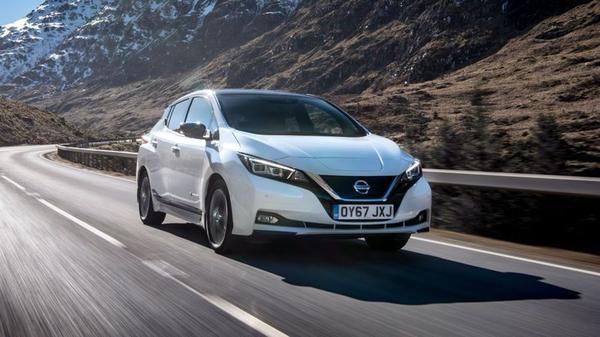
Are there enough charging points in the UK?
There are thousands of charging points publicly available in the UK, with plans to build a lot (and we mean a lot) more – 10,000 new charging points popped up in 2019 alone.
You’ll need to find chargers compatible with your car if you’re going on a long journey, but most cars use Type 2 connectors and CCS or CHAdeMO rapid charging connectors, which are compatible with the majority of charging points. You can learn more about charging your electric car here.
You’ll need to find chargers compatible with your car if you’re going on a long journey, but most cars use Type 2 connectors and CCS or CHAdeMO rapid charging connectors, which are compatible with the majority of charging points. You can learn more about charging your electric car here.
How can I extend my electric car’s range?
So now we know your car is unlikely to run out of charge unless you ignore every signal, and that you’ll get breakdown cover even if you do.
But how do you get the most range / mileage? Well, there are a few ways to extend your electric car’s range: • Take a more efficient route. Try to maintain a constant speed as much as possible (within the speed limit), with limited accelerating or braking so you’re using as little electricity as possible. If you can take the motorway, consider it as you should be able to eke more miles from your battery by staying between 60 and 70mph, although remember that you don’t get much regenerative braking on the motorway, which restores some charge to your battery. • Engage eco mode. Most electric cars have an ‘eco’ mode, which will limit acceleration and top speed, and increase the amount of regenerative braking, so this will give you a few more miles. • Save battery for just driving. Remember, everything in your car takes energy from the battery, so if you do a journey with the air conditioning on, the stereo blaring, and the heated seats activated, you’ll take away power that could get you an extra few miles. • Minimise weight in the car. Extra weight can drain a car’s range, so pack accordingly. • Carry a charging cable. Not all public charging points provide cables, so keep one in your car in case you’re caught without.
But how do you get the most range / mileage? Well, there are a few ways to extend your electric car’s range: • Take a more efficient route. Try to maintain a constant speed as much as possible (within the speed limit), with limited accelerating or braking so you’re using as little electricity as possible. If you can take the motorway, consider it as you should be able to eke more miles from your battery by staying between 60 and 70mph, although remember that you don’t get much regenerative braking on the motorway, which restores some charge to your battery. • Engage eco mode. Most electric cars have an ‘eco’ mode, which will limit acceleration and top speed, and increase the amount of regenerative braking, so this will give you a few more miles. • Save battery for just driving. Remember, everything in your car takes energy from the battery, so if you do a journey with the air conditioning on, the stereo blaring, and the heated seats activated, you’ll take away power that could get you an extra few miles. • Minimise weight in the car. Extra weight can drain a car’s range, so pack accordingly. • Carry a charging cable. Not all public charging points provide cables, so keep one in your car in case you’re caught without.
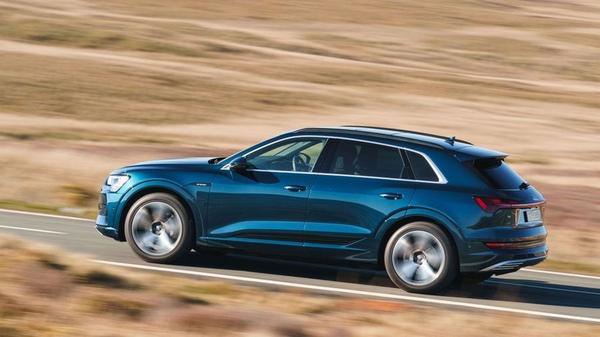

Can weather affect an electric car’s range?
Weather can impact on an electric car’s range. Cold weather can hinder the flow of electrons in the battery, and you’ll likely be using the battery more to keep the car (and yourself) warm.
That said, manufacturers like Nissan and Tesla are said to be working on thermal management systems that minimise the effects of extreme temperatures. It’s also worth pointing out that petrol and diesel vehicles also suffer from lower fuel efficiency at colder temperatures. You won’t be able to travel as far without refuelling in winter, regardless of your vehicle type.
That said, manufacturers like Nissan and Tesla are said to be working on thermal management systems that minimise the effects of extreme temperatures. It’s also worth pointing out that petrol and diesel vehicles also suffer from lower fuel efficiency at colder temperatures. You won’t be able to travel as far without refuelling in winter, regardless of your vehicle type.
Real world range versus official range
Historically, you’d find a bit of a difference between the range a car claimed it could do (the official range) and the range it could actually do (the real-world range).
This is because the old tests allowed the car to be driven in favourable, even unrealistic settings e.g. with heating, air con and lights switched off, and even door mirrors removed to reduce drag. Since the industry adopted Worldwide Harmonised Light Vehicle Test Procedure (WLTP) standards, you’ll find the real-world range and official range are much closer because the way they are tested is more accurate and reflective of real-world driving. WLTP tests are still done in a lab though, so there may be a slight difference.
This is because the old tests allowed the car to be driven in favourable, even unrealistic settings e.g. with heating, air con and lights switched off, and even door mirrors removed to reduce drag. Since the industry adopted Worldwide Harmonised Light Vehicle Test Procedure (WLTP) standards, you’ll find the real-world range and official range are much closer because the way they are tested is more accurate and reflective of real-world driving. WLTP tests are still done in a lab though, so there may be a slight difference.
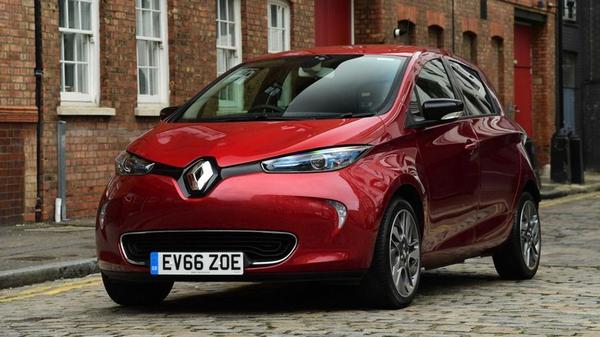
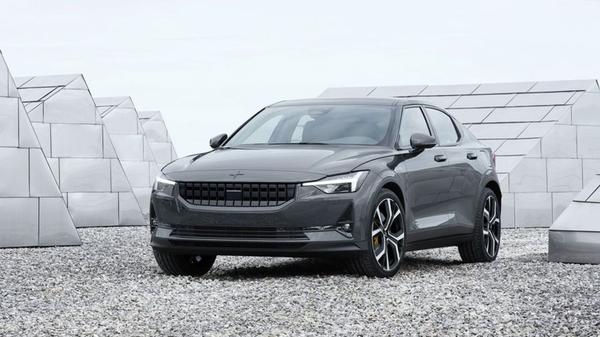
Will electric car range improve?
Yes, electric car range has already vastly improved over the last couple of years, and innovation in battery technology means it will continue to improve. Now could be a great time to invest in an electric car or hybrid, and the future of EVs is looking brighter still.
What if my electric car battery goes flat?
Just like any other car, you’ll have to pull up somewhere and call for roadside assistance.
Your car won’t suddenly switch off and leave you in the middle of the motorway, you’ll have all sorts of alerts telling you to pull into the hard shoulder. Once you’re safely parked, you’ll have to call for breakdown assistance. In most cases, they’ll tow you to the nearest charge point (or your destination, if that’s closer) as few operators have recharging facilities. If you’ve never run out of fuel in your current car, you’re not likely to start running out in an EV. If anything, electric car drivers are more conscious of their car’s range.
Your car won’t suddenly switch off and leave you in the middle of the motorway, you’ll have all sorts of alerts telling you to pull into the hard shoulder. Once you’re safely parked, you’ll have to call for breakdown assistance. In most cases, they’ll tow you to the nearest charge point (or your destination, if that’s closer) as few operators have recharging facilities. If you’ve never run out of fuel in your current car, you’re not likely to start running out in an EV. If anything, electric car drivers are more conscious of their car’s range.
How far can an electric car go on a single charge?
How far can an electric car go on a single charge? Find out how some of the top electric make models compare here.